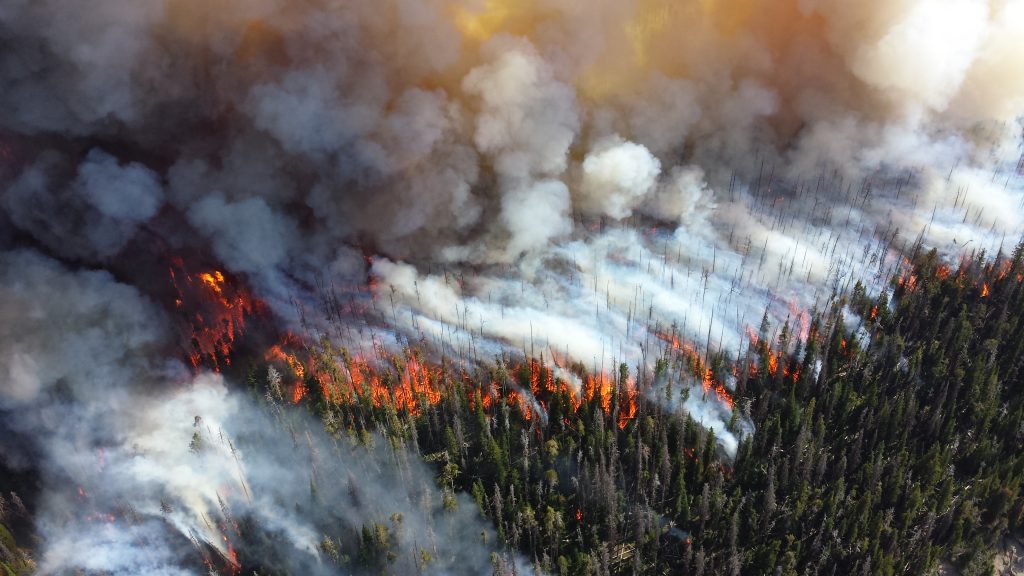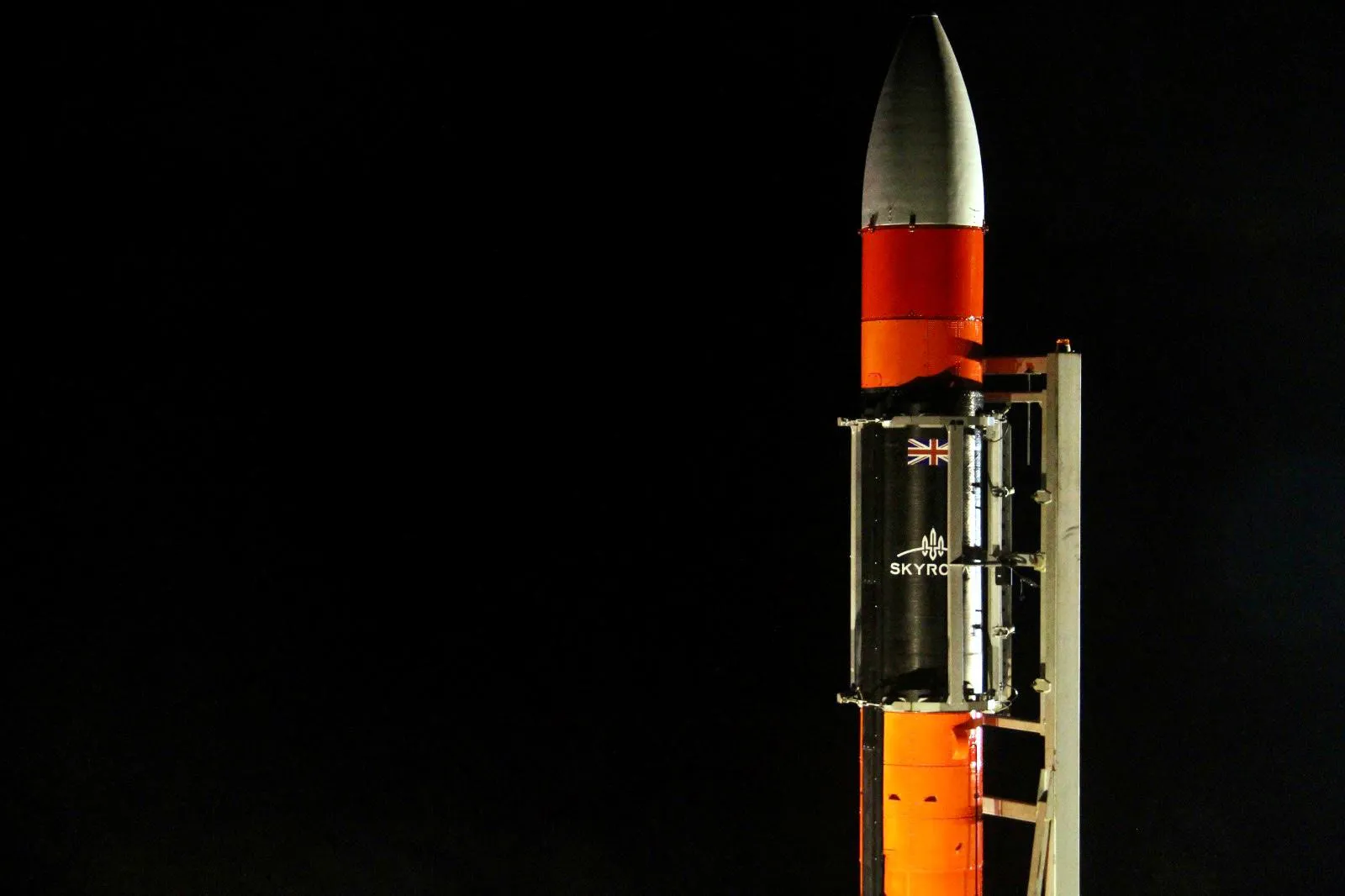Satellite technology and high seas fishing

A study published in the journal One Earth in December 2020, identifies for the first time companies whose vessels are fishing in the high seas, a place where fishing practices remain highly unregulated. With the help of satellite imagery, 2,482 high seas fishing boats have been linked to 1,120 corporate players. The study has major implications for the future of fishing in international waters, enhancing both transparency and accountability.
Fishing in the high seas
In maritime law, the high seas represent all parts of the sea not included in any of the following categories: exclusive economic zone, territorial sea or internal waters of a State, and the archipelagic waters of an archipelagic State. As a result, they are also known as the waters beyond any national jurisdiction, or simply as international waters, and they generally represent the areas past 200 nautical miles from the coastlines. According to Article 87 of the United Nations Convention on the Law of the Sea (UNCLOS) international agreement, all States, coastal and land-locked alike, may exercise a number of freedoms in these certain areas, including the freedom of fishing.
Unfortunately, fishing in international waters is of particular concern at the present time, being simultaneously ecologically destructive and economically unprofitable, as seen from a study published in the Science Advances journal. Consequently, this leads to further issues such as exploited labour, human rights abuse and illegal, unregulated and underreported catch, to only name a few. What is more, according to the International Institute for Environment and Development, over 36% of migratory fish species are facing extinction nowadays, and these waters are critical for these species development and migration.
Due to minimal regulation combined with hardly any enforcement, the UN’s Food and Agriculture Organisation Code of Conduct for Responsible Fisheries is not sufficient for fishing activities to be carried out in a sustainable manner. What is more, the high seas fishing is increasing in popularity, driven by a growing seafood market demand, coupled with the overfishing of coastal waters.
However, in the fight towards the conservation and management of high seas fisheries, international communities have found an important ally in space technologies, thus presently having access to multiple sets of eyes in the sky, tirelessly tracking and identifying unregulated and illegal behaviour.
Fishing companies identified from orbit
Satellites have directly aided researchers to uncover various illegal fishing operations throughout the years all around the globe, nonetheless the One Earth study is the first to pinpoint which companies are in charge of the observed fishing vessels active in international waters. Even though nations report the amount of caught fish, large amounts of species captured by private companies in open waters go unreported. This is why this study is of particular importance, as it forces the corporate actors to take accountability for the exploitation of high sea biodiversity.
Jennifer Jacquet, associate professor at New York University and lead-author of the published research, said the following:
By connecting those boats with specific companies, this study takes a first step in enhancing transparency—we now know a lot more about who is profiting from fish catches in the global commons. […] These results provide a unique lens through which to view accountability for the use and protection of global ocean biodiversity.
The scientists combined public databases with satellite data and managed to spot 3,584 unique fishing vessels in 2018. Furthermore, from the total of detected boats, they have identified the owners of ~90% of the vessels, and discovered that 2,482 (69%) have been matched with corporate players. Geographically-wise, the researchers were able to retrieve the most amount of information in regards to corporate owned vessels within the Atlantic and Western North Pacific Oceans, and the least amount in the Western Tropical Pacific.
Additionally, the research found that 36% of all fishing efforts within international waters is accounted for by only the top 100 companies activating in this sector, controlling 977 of the observed boats. From the 10 largest corporate actors identified, six are headquartered in China, two in the Republic of Korea, one in Chinese Taipei and one in the United States. Top of the list is the Sajo Group (Republic of Korea), owning a high seas fleet of 41 vessels and accounting for 160,008 fishing hours in 2018 alone.
References
1. Carmine, G. et al., 2020. Who is the high seas fishing industry?. One Earth, [online] 3(6), pp. 730-738. Available at: https://www.cell.com/one-earth/fulltext/S2590-3322(20)30607-2 [Accessed 6 January 2021].
2. Fao.org. n.d. Code Of Conduct For Responsible Fisheries. [online] Available at: https://www.fao.org/3/v9878e/v9878e00.htm [Accessed 6 January 2021].
3. Gianni, M. and Simpson, W., 2005. How Flags Of Convenience Provide Cover For Illegal, Unreported And Unregulated Fishing. [online] Wwfeu.awsassets.panda.org. Available at: https://wwfeu.awsassets.panda.org/downloads/iiumr.pdf [Accessed 6 January 2021].
4. Gibbens, S., 2018. High Seas Fishing Isn’t Just Destructive—It’s Unprofitable. [online] nationalgeographic.com. Available at: https://www.nationalgeographic.com/news/2018/06/high-seas-fishing-subsidies-oceans-science/ [Accessed 6 January 2021].
5. Norton, A., 2019. It Is Time To Control Fishing On The High Seas To Protect The Life Of The Ocean And Coastal People Who Depend On It. [online] International Institute for Environment and Development. Available at: https://www.iied.org/it-time-control-fishing-high-seas-protect-life-ocean-coastal-people-who-depend-it[Accessed 6 January 2021].
6. Nyu.edu. 2020. Satellite Data Identifies Companies Fishing In High Seas. [online] Available at: https://www.nyu.edu/about/news-publications/news/2020/december/satellite-data-identifies-companies-fishing-in-high-seas.html[Accessed 6 January 2021].
7. Sala, E. et al., 2018. The economics of fishing the high seas. Science Advances, [online] 4(6), p.eaat2504. Available at: https://advances.sciencemag.org/content/4/6/eaat2504 [Accessed 6 January 2021].
8. United Nations, 1982. United Nations Convention On The Law Of The Sea. [online] United Nations, p.53. Available at: https://www.un.org/depts/los/convention_agreements/texts/unclos/unclos_e.pdf [Accessed 6 January 2021].



